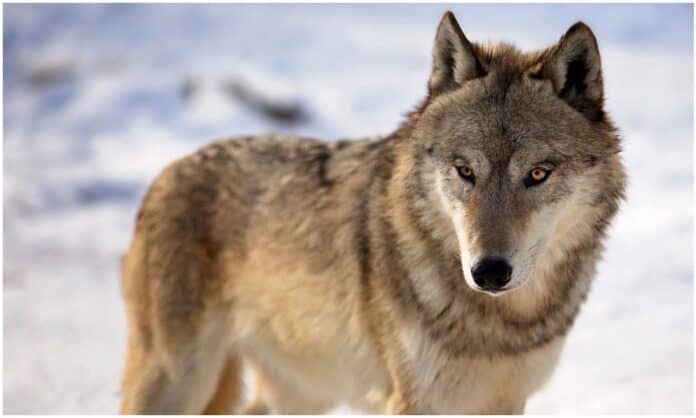Wisconsin’s new wolf hunt plan doesn’t include a target number for the state’s wolf population.
The Department of Natural Resources on Thursday unveiled its new plan.
“The proposed draft Wolf Management Plan reflects the detailed and significant work done by DNR staff to ensure the health and stability of Wisconsin’s wolf population,” DNR Secretary Preston D. Cole said in a statement.
Wisconsin’s current wolf management plan has not changed since 2007, and has been a source of friction between hunters and environmentalists.
Perhaps the biggest change in the new wolf plan is the end to a specific number for Wisconsin’s wolf population.
“Moving away from a single numeric population goal and instead using an adaptive management process focused on balancing the [DNR’s] three main objectives,” the agency said in a news release.
Those main objectives include:
- Ensuring a healthy and sustainable wolf population to fulfill its ecological role.
- Addressing and reducing wolf-related conflicts.
- Providing multiple benefits associated with the wolf population, including hunting, trapping and sightseeing.
While there is a hunting and trapping season included in the new wolf management plan, DNR is proposing that it be limited.
The plan calls for “reducing harvest registration times and issuing zone-specific wolf harvest permits to improve the department’s ability to effectively meet harvest quotas.”
There’s also a suggestion to “mechanisms to address localized concerns, including wolf harvest concerns near tribal reservation boundaries and focused wolf harvest in areas with a history of wolf-livestock conflict.” And revise “wolf management zone boundaries to better reflect current wolf distribution and habitat.”
There’s now a 60-day comment period before the plan can go to the DNR Board for a vote.





















![WATCH: Elon Musk Town Hall Rally in Green Bay [FULL Video]](https://www.wisconsinrightnow.com/wp-content/uploads/2022/04/Elon_Musk_3018710552-356x220.jpg)











